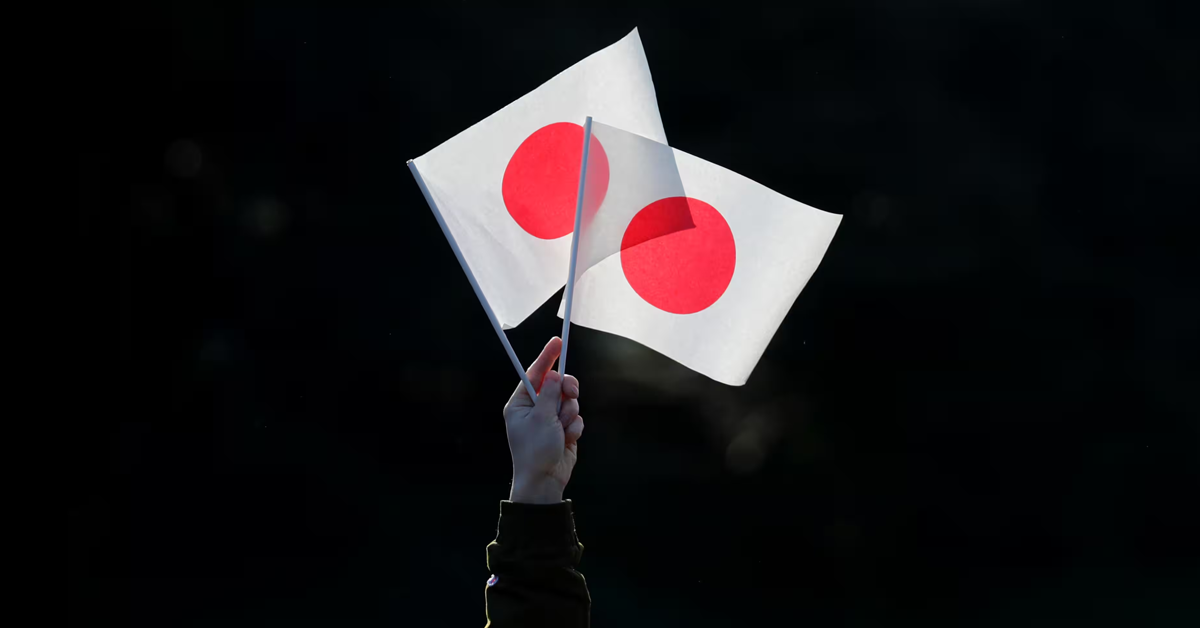Persistent Downturn in Household Spending as Japan Grapples with Wage Erosion
In Japan, households continue to face financial strain as data from September shows a sustained decline in consumer spending, marking the seventh consecutive month of reduction, falling by 2.8 percent compared to the previous year. This decline in spending behavior is attributed to cautious consumer attitudes towards food and general expenditure amidst escalating prices, while real income simultaneously diminishes, as revealed in government reports on Tuesday.
A closer look at the spending habits of families comprising two or more individuals reveals an average outlay of 282,969 yen (approximately $1,890), as stated by the Ministry of Internal Affairs and Communications. This figure indicates a more pronounced decrease than August’s 2.5 percent dip in spending.
The somber economic climate is further underlined by another batch of data pointing to a 2.4 percent reduction in real, inflation-adjusted wages for September. This downturn extends an 18-month streak of wage contraction.
When examining nominal wages, which include regular and overtime earnings, there was a slight increase of 1.2 percent, bringing the average total cash earnings per worker to 279,304 yen. This rise, which has been observed for the 21st consecutive month, unfortunately does not translate to heightened purchasing power, as the growth rate fails to outpace inflation, according to the Ministry of Health, Labor and Welfare.
Analyzing specific categories, food expenses, which constitute more than a third of total household expenditure, have dropped by 3.7 percent. This is the 12th month in a row of declining food spending, with notable decreases in vegetables, seaweed, and meats.
Housing costs also saw a substantial fall of 11.2 percent, as households curtailed spending on repairs, maintenance, and rent. The apparel sector wasn’t spared either, with expenditures on clothing and footwear suffering a sharp fall of 18.3 percent.
Amidst the widespread cutbacks, there were some sectors that saw an increase. Transportation and communications expenses rose by 12.4 percent, fueled largely by increased vehicle purchases, as reported by the internal affairs ministry.
The trend in household spending is a crucial barometer for private consumption, which is responsible for over half of Japan’s Gross Domestic Product (GDP). The continued decline signals a weakening domestic demand, which could impact economic growth prospects.
As consumers grapple with the ongoing inflationary pressure, Japanese firms face mounting calls from the government and Rengo, Japan’s leading labor union, to raise wages. These calls come in anticipation of the annual wage negotiations scheduled for spring. The corporate response has been notable, with major companies announcing an average wage increase of 3.99 percent, the most significant in over three decades, as per the Japan Business Federation.
Despite this increase, the overarching concern remains whether these adjustments will be sufficient to counteract inflation and stabilize household spending. As Japan enters a period of fiscal planning and economic forecasting, the balancing act between wage growth and consumer spending will be pivotal in shaping the country’s economic path forward in these inflationary times.

.webp)




